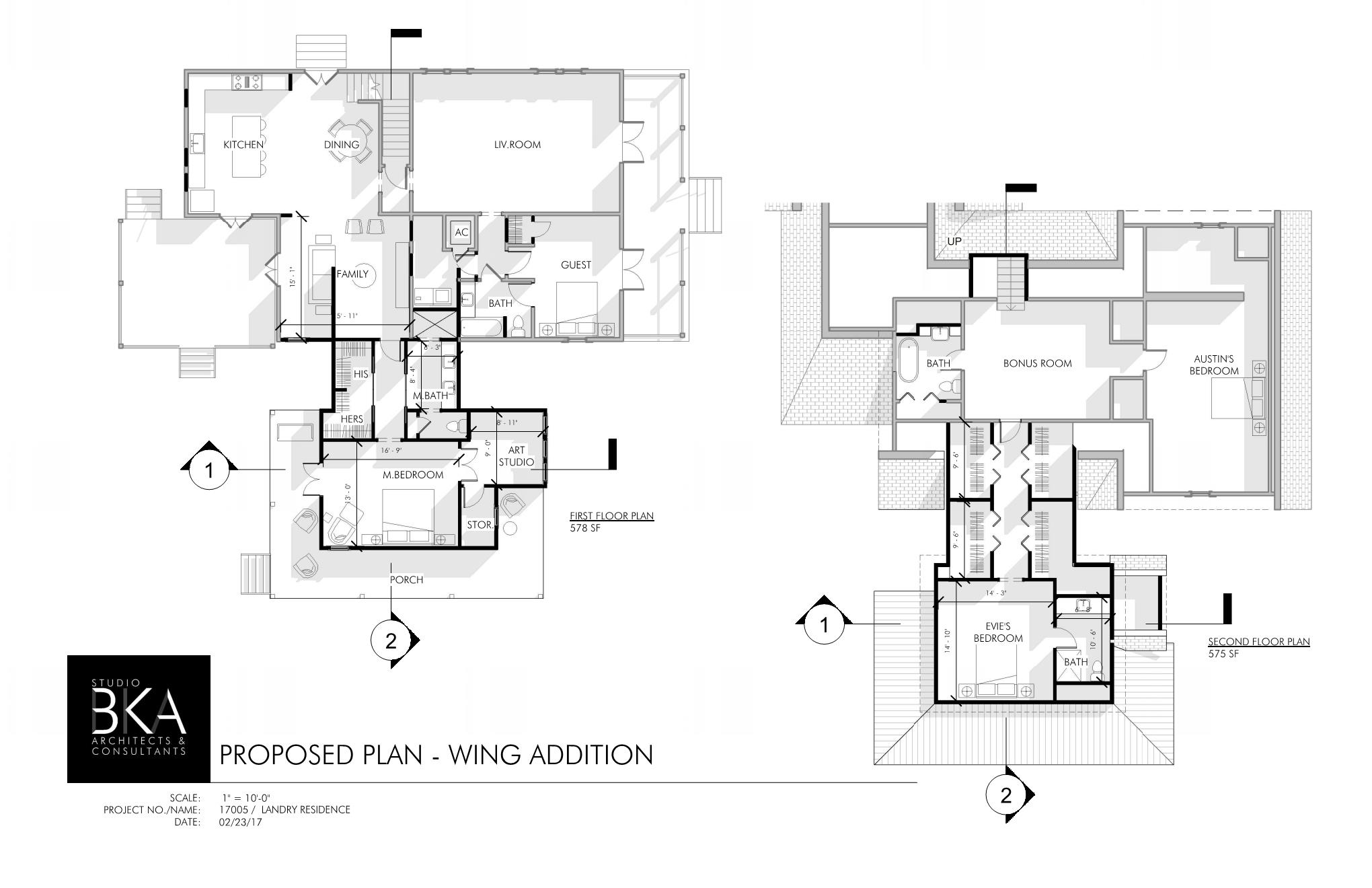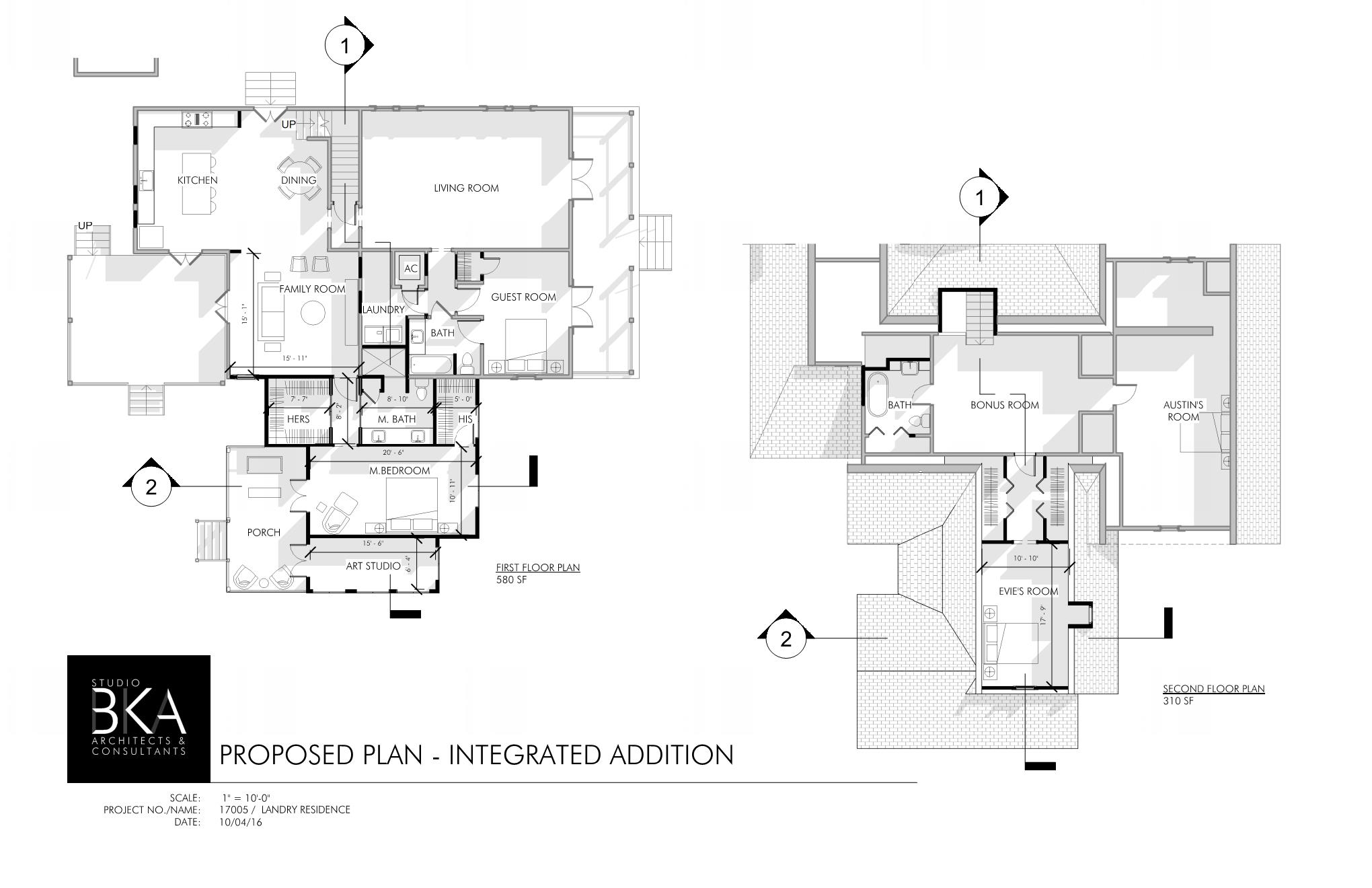Our Design Process: Historic Residential Addition
With our busiest time of year quickly approaching, I've had many friends ask about our services and our design process. I thought that now would be a great time to share our process work for a residential addition we are currently working on in a historic district in South Louisiana.
With a "wish-list" and a budget, we can begin planning your project. We know that budgets are made for a reason but a small upfront investment in thought and planning can pay for itself several times over by increasing final value of a property and finding problems before contractors are mobilized and products are ordered. As architects, we can streamline this process and know the tricks to maximize your return down the road. The following images and paragraphs below describe our planning process for this particular project.
Existing home front view
The 2,800 square foot home was built in 1920 as a craftsman bungalow style home. Around 1980, its previous owners renovated the home and changed the character of the home with traditional Creole cottage detailing. The current owners want an addition that is both respectful to the historic neighborhood, and the current Creole cottage architectural style. Their wish list consisted of a master suite and art studio on the first floor and a bedroom and bathroom on the second floor.
Step 1: After spending some time measuring the property inside and out, we began by creating schematic massing studies and developing plan options. We spend time measuring and modeling the existing building to make sure the scale and proportions of our design for the addition are right on.
As you may expect, a home addition can take various forms and shapes. In the examples below, we have narrowed down our studies to three options showing different architectural languages and statements. These were presented to our clients not as final product but just to steer our work in a direction that both of us will ultimately be happy with.
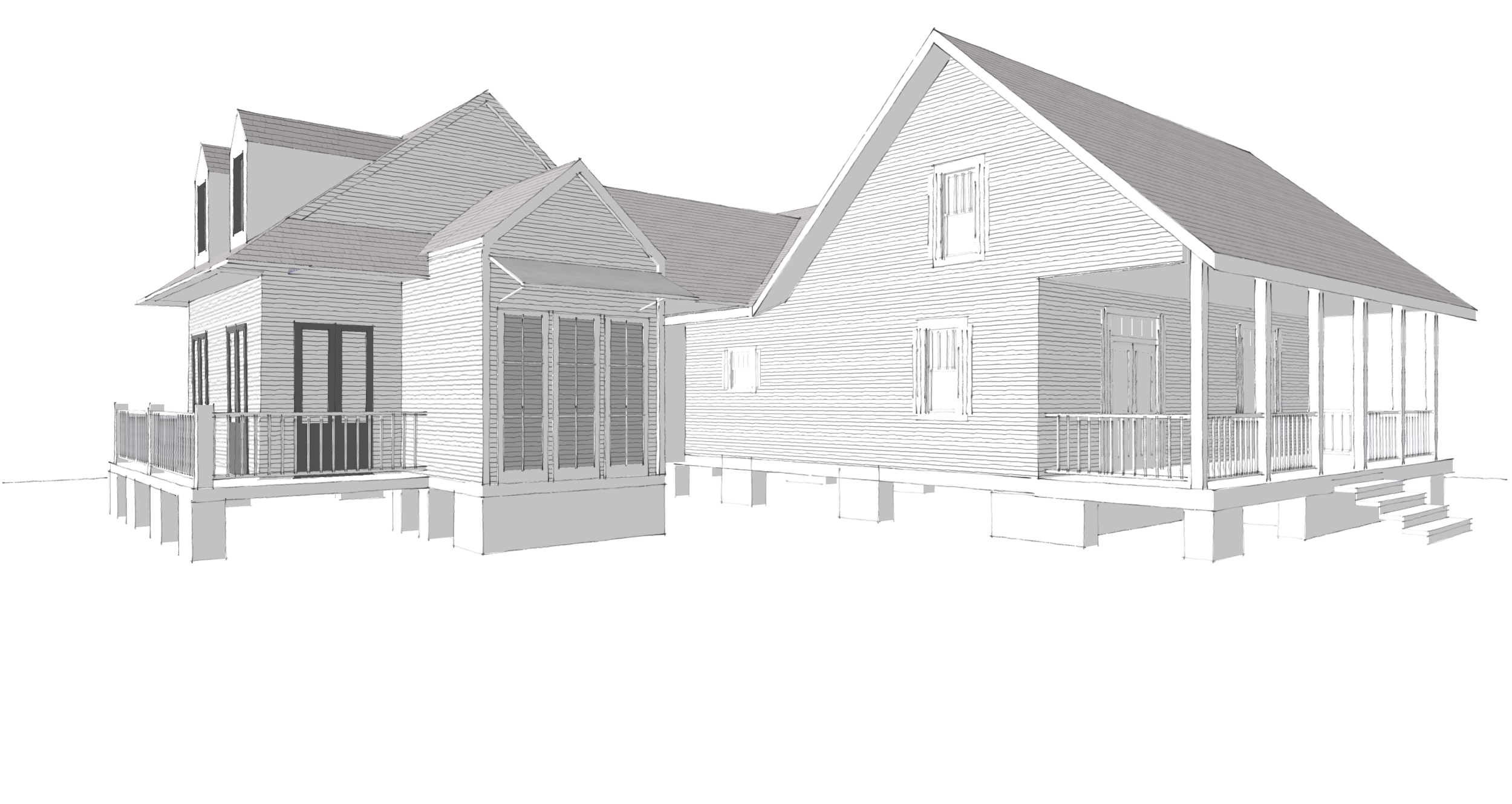
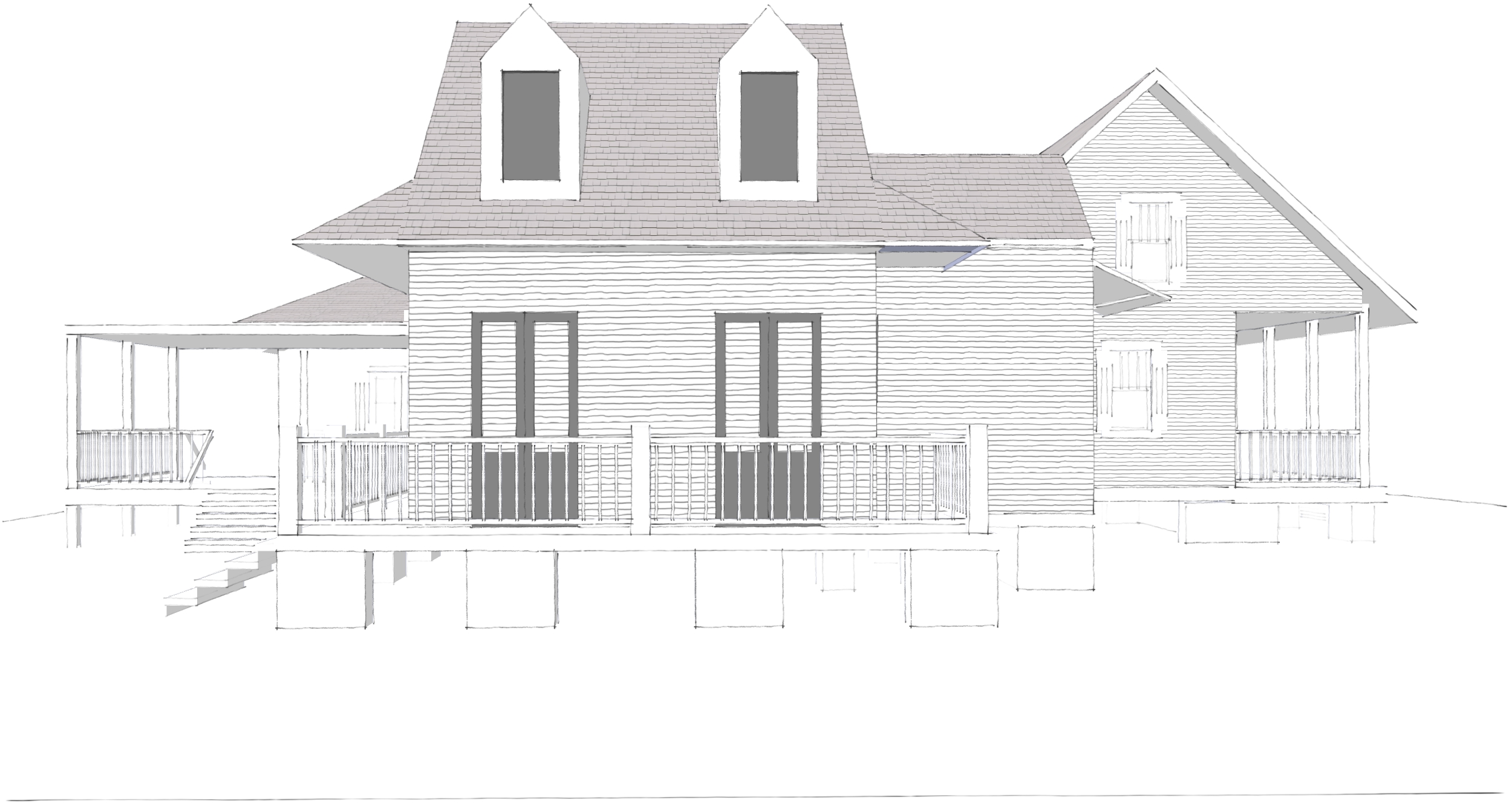
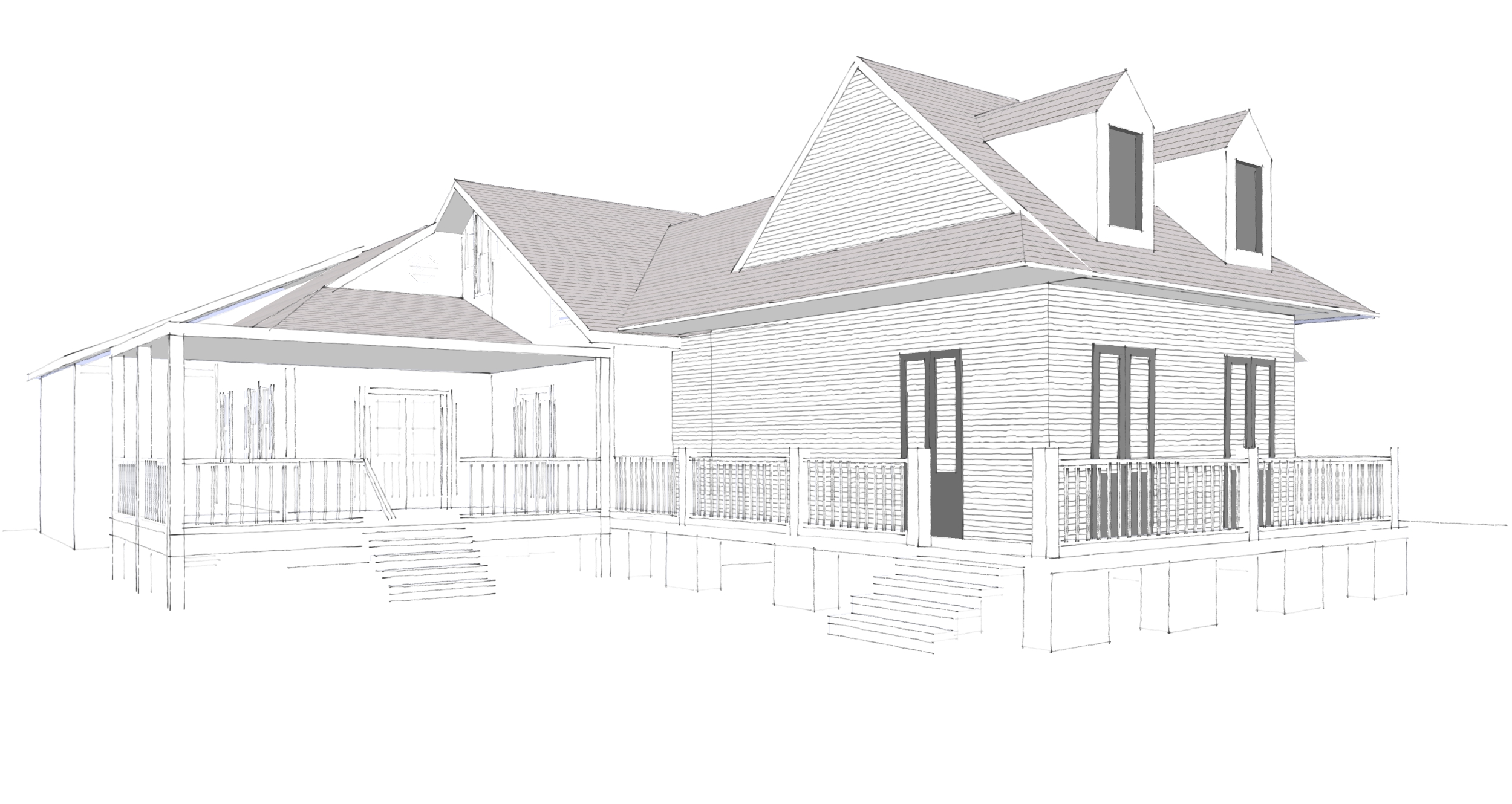
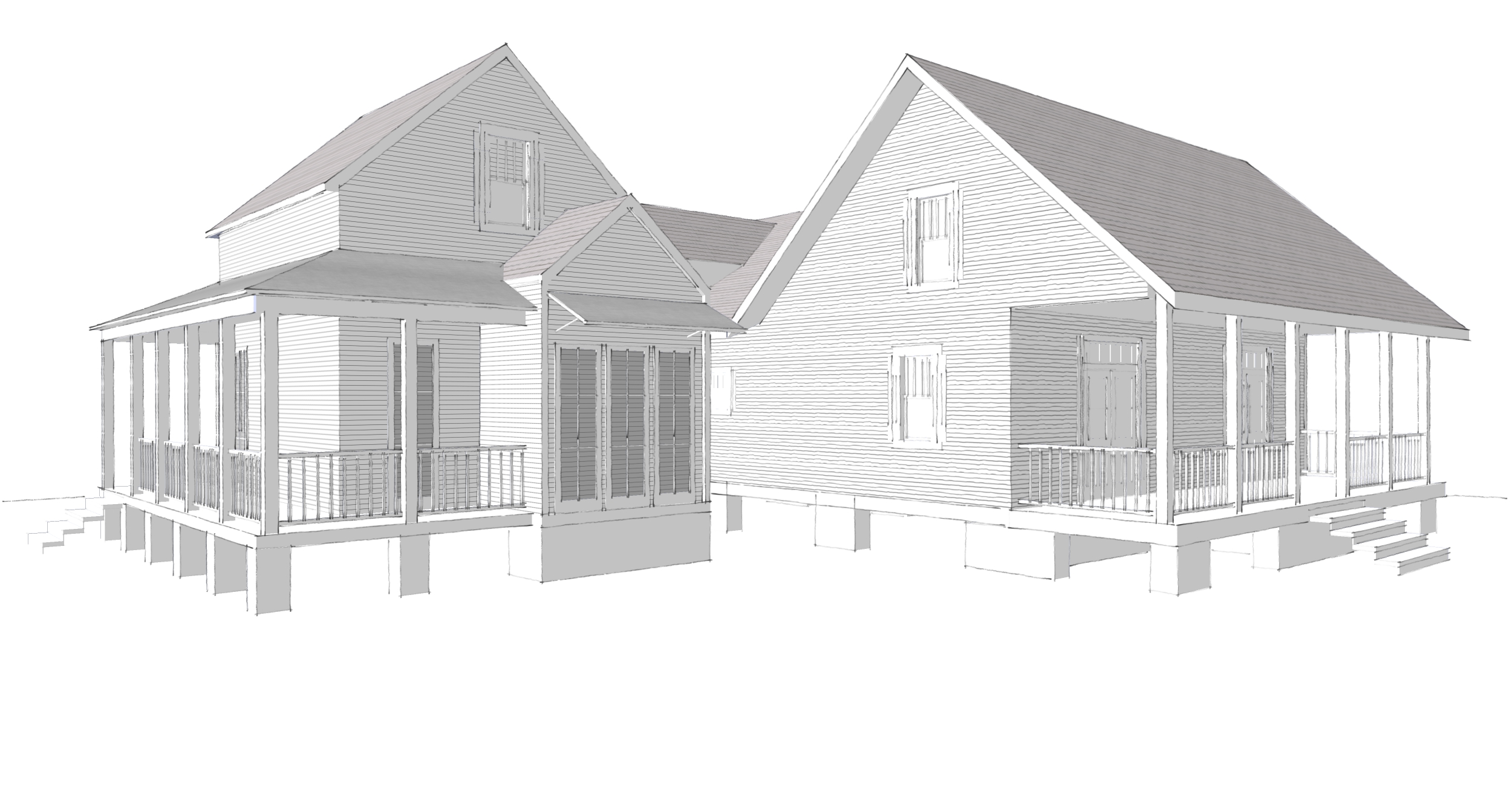
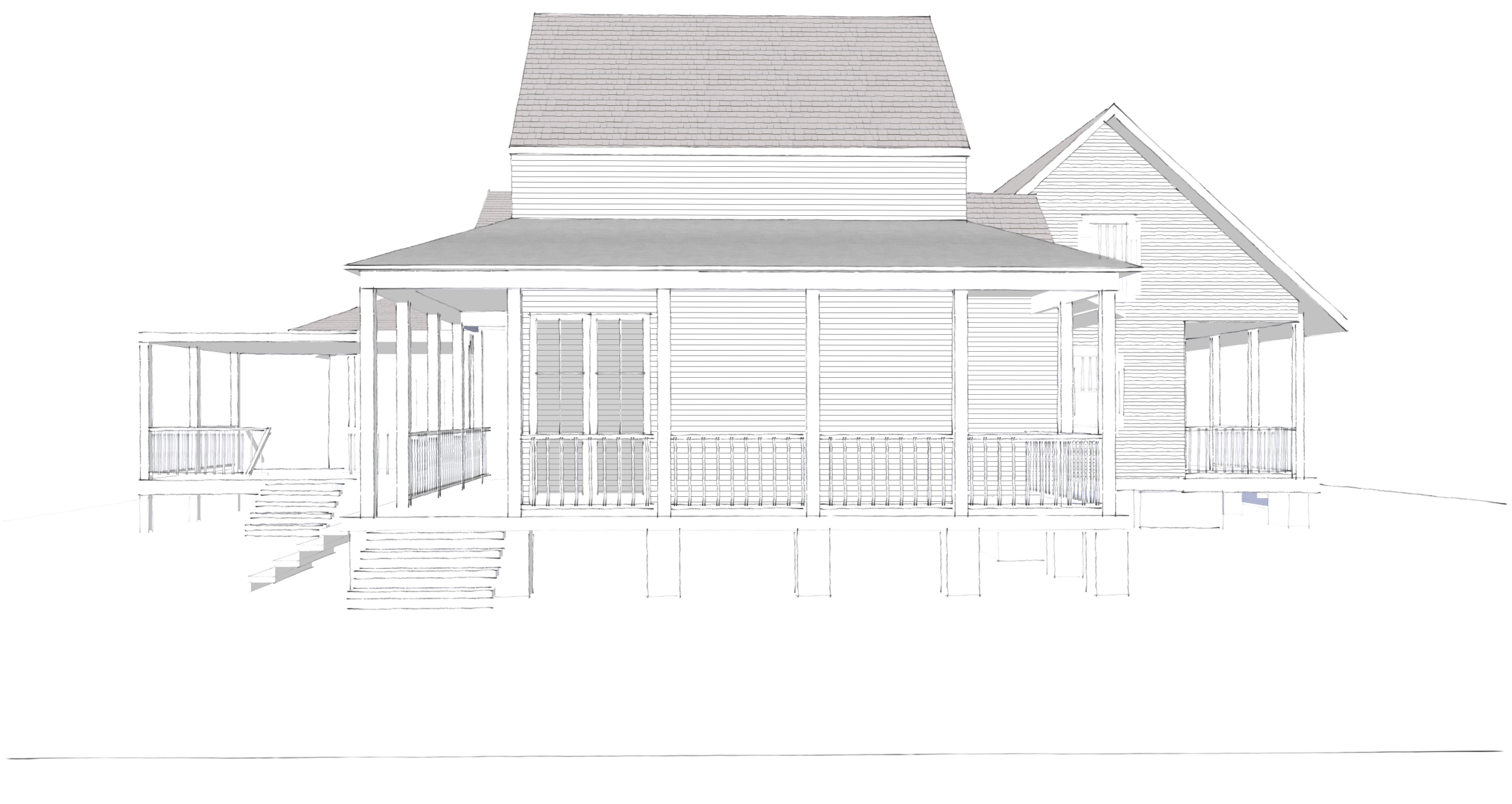
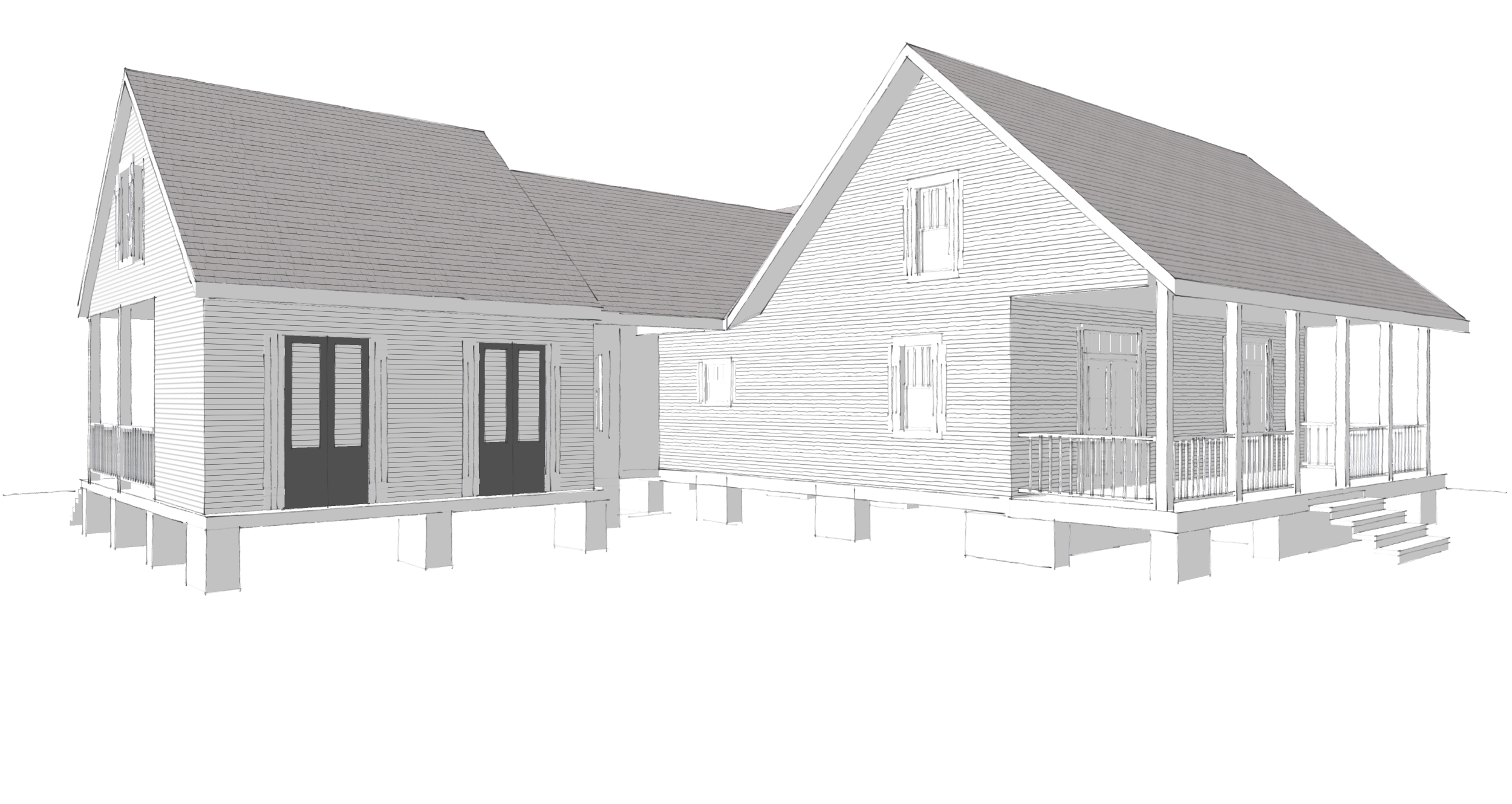
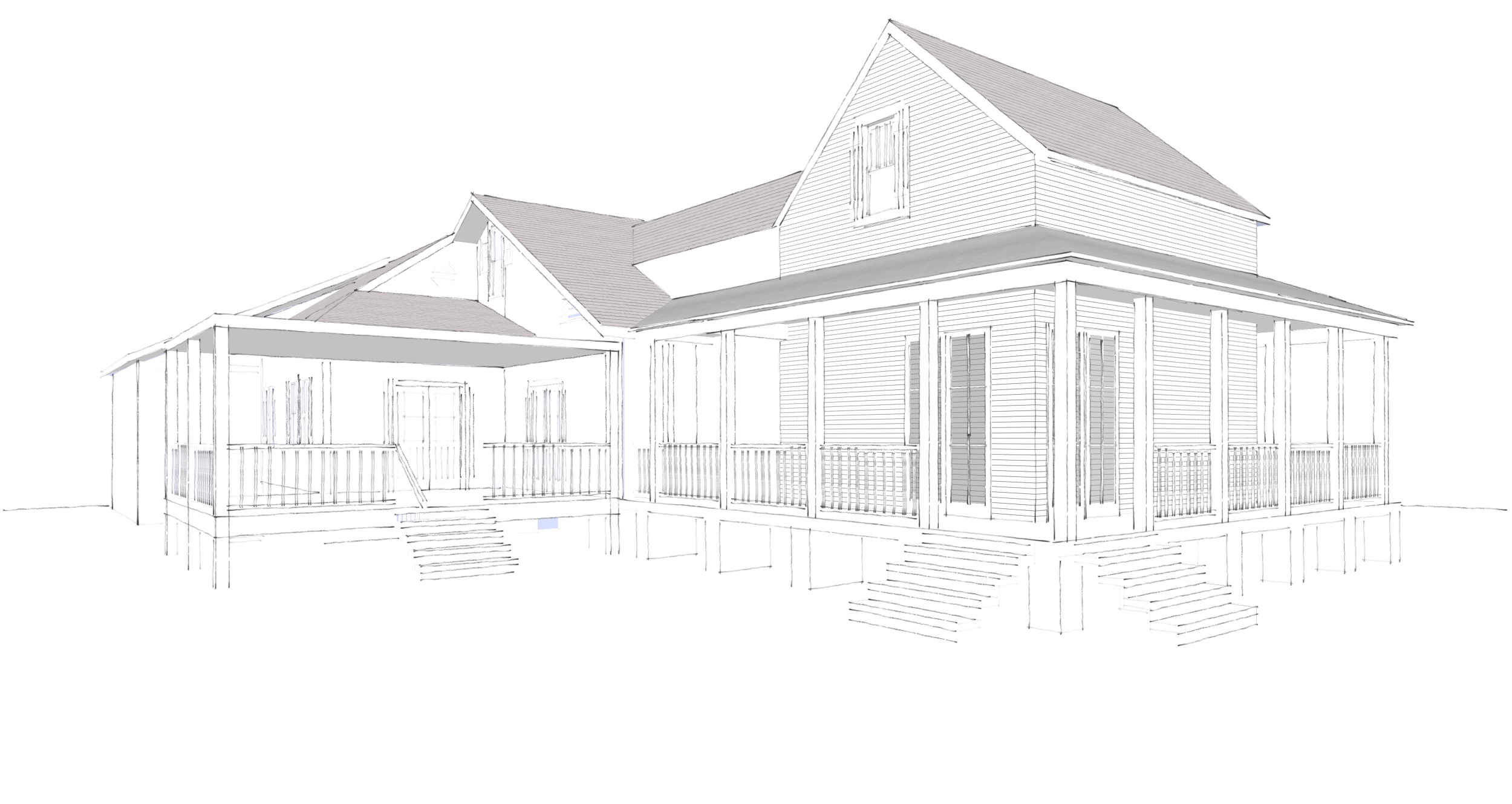

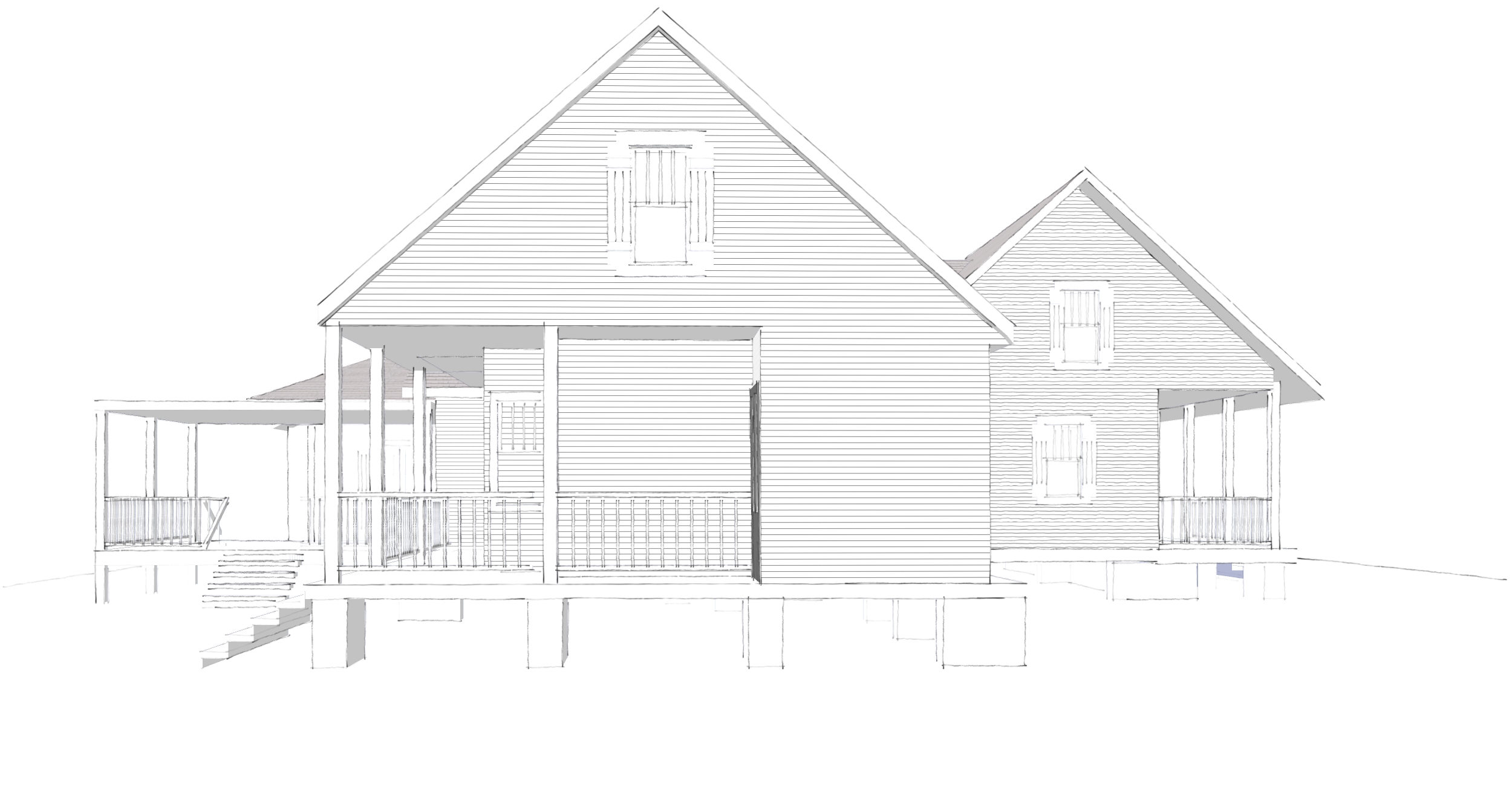
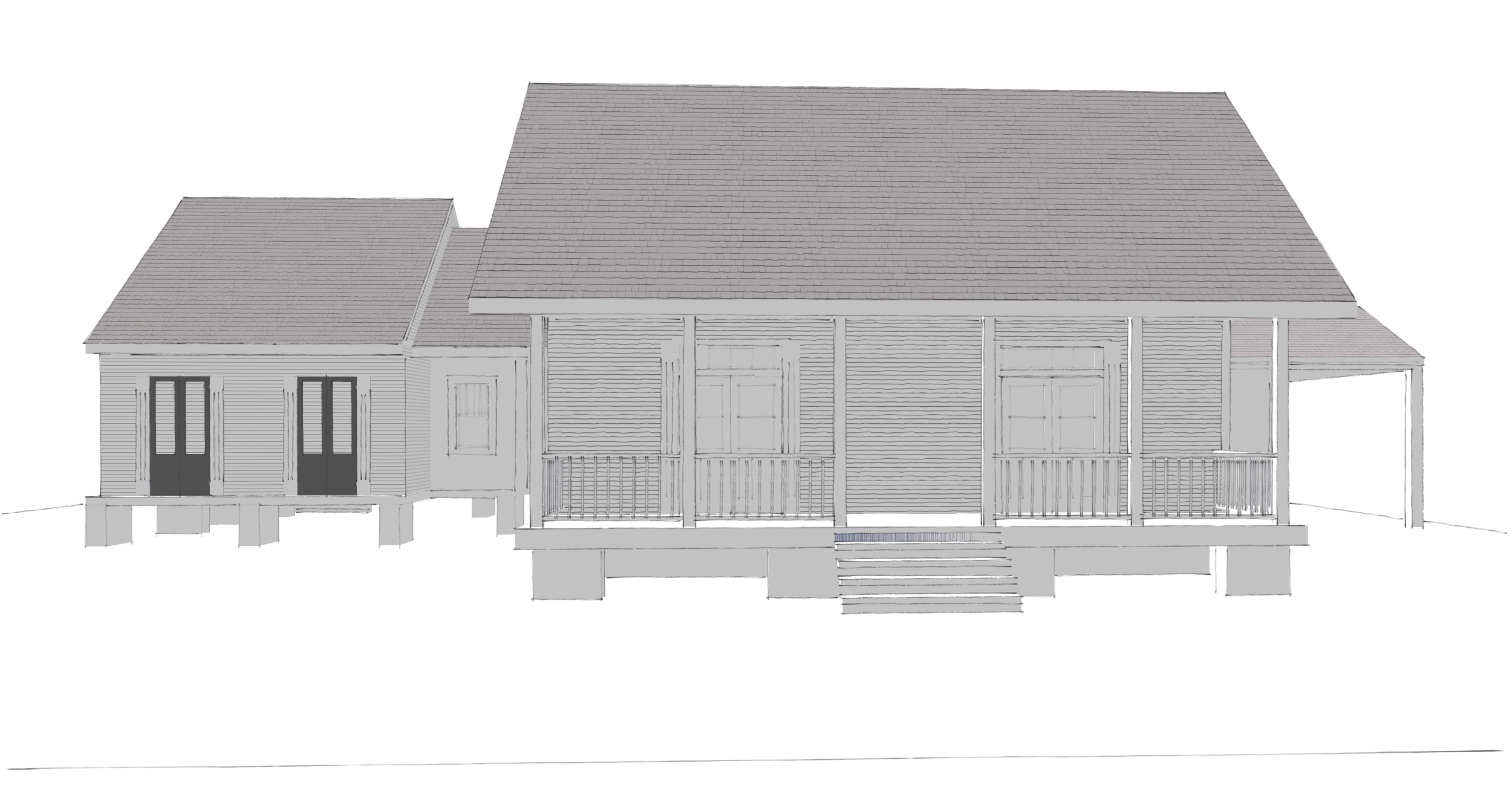
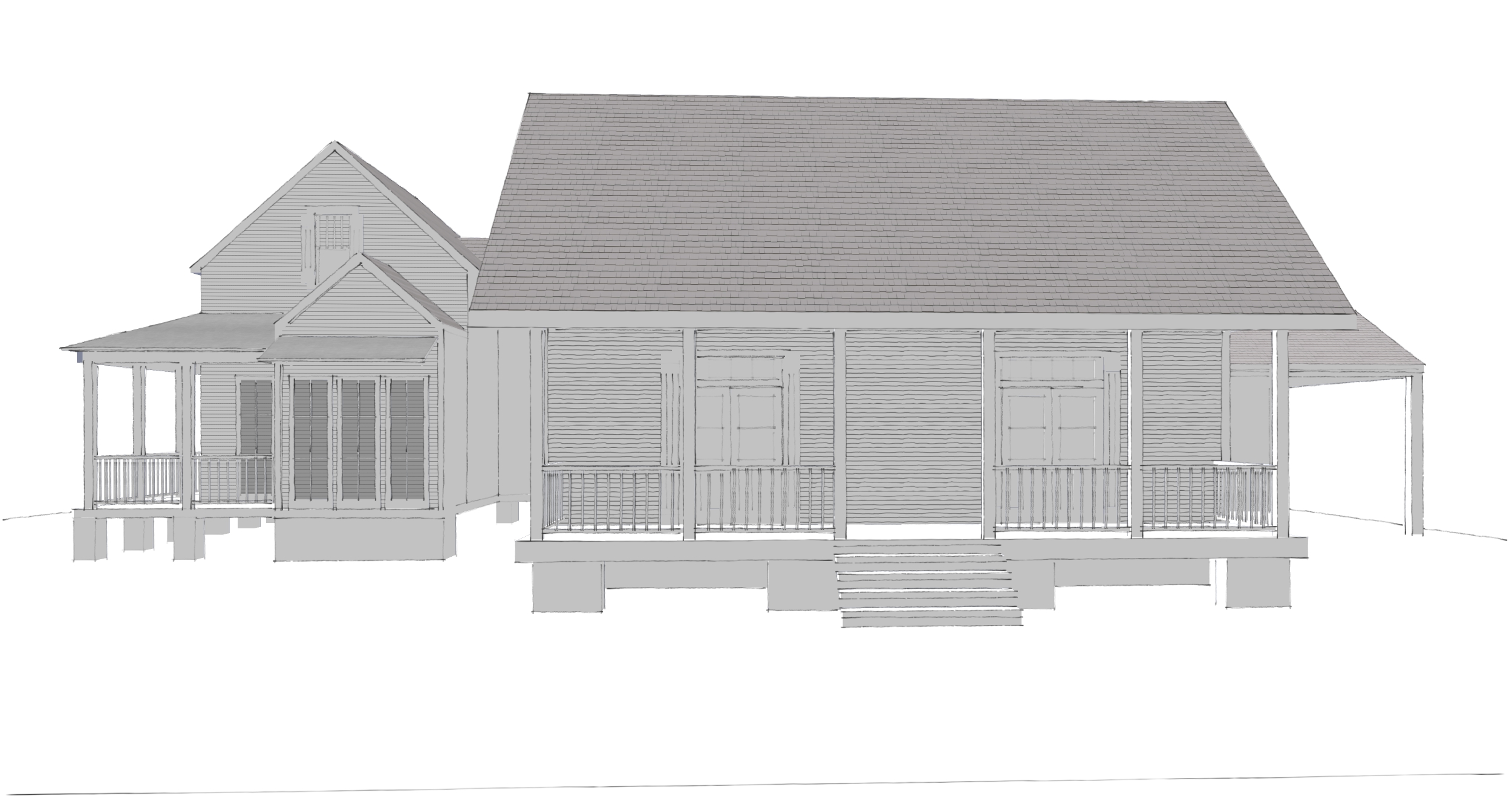
Step 2: The second round of design work requires more refinement. In this study, we wanted to present two strong design alternatives to develop. This first option we developed was the integrated option; we called it the "Cascading Creole" because the roof line cascades from main building down to the secondary buildings, borrowing strong references to traditional creole architecture. The second option developed was called the Farmhouse Wing because of its large form, more equal to the original structure in size, and because of its wrap-around porch and geometry referencing a rural farmhouse.
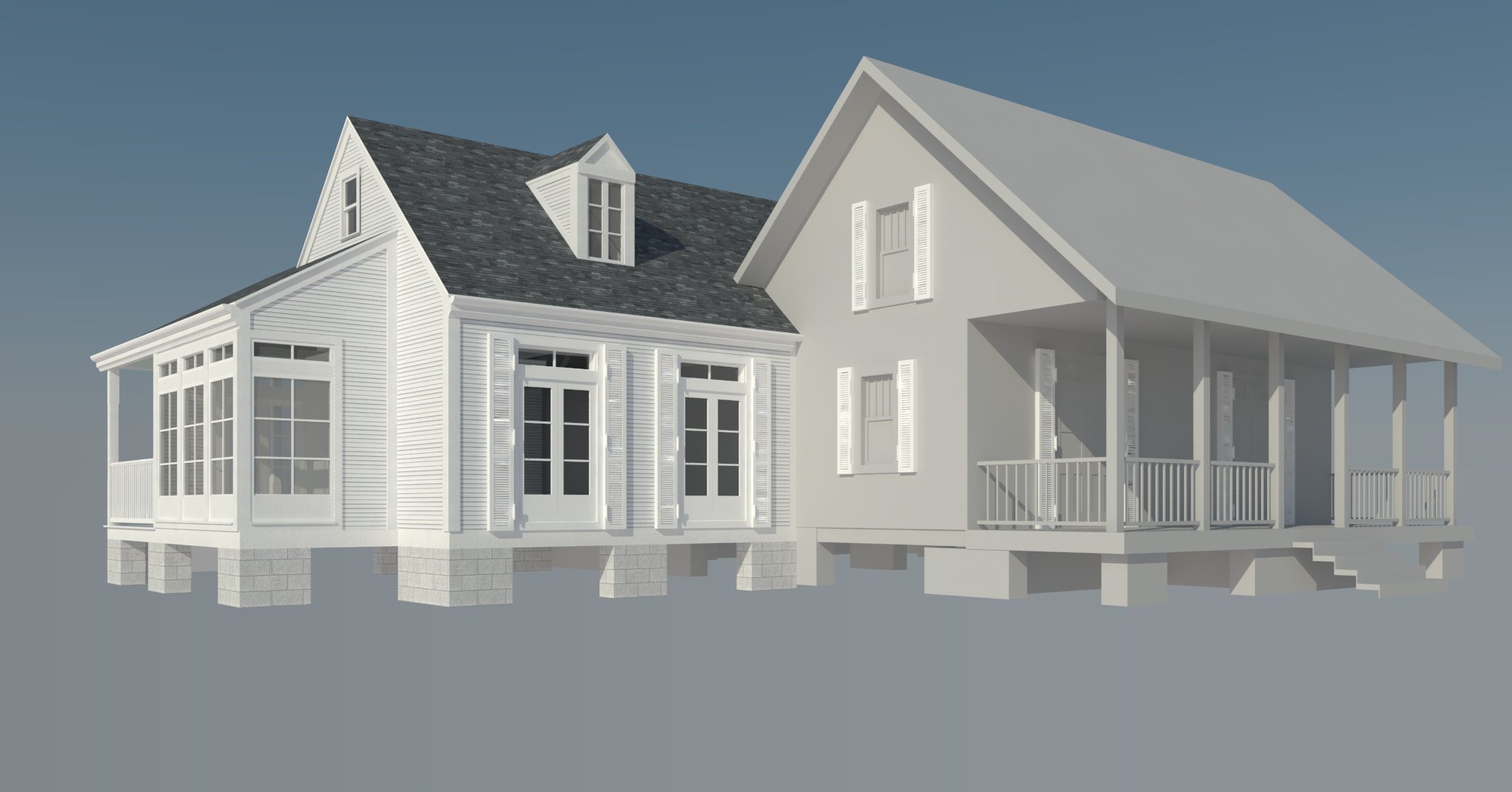
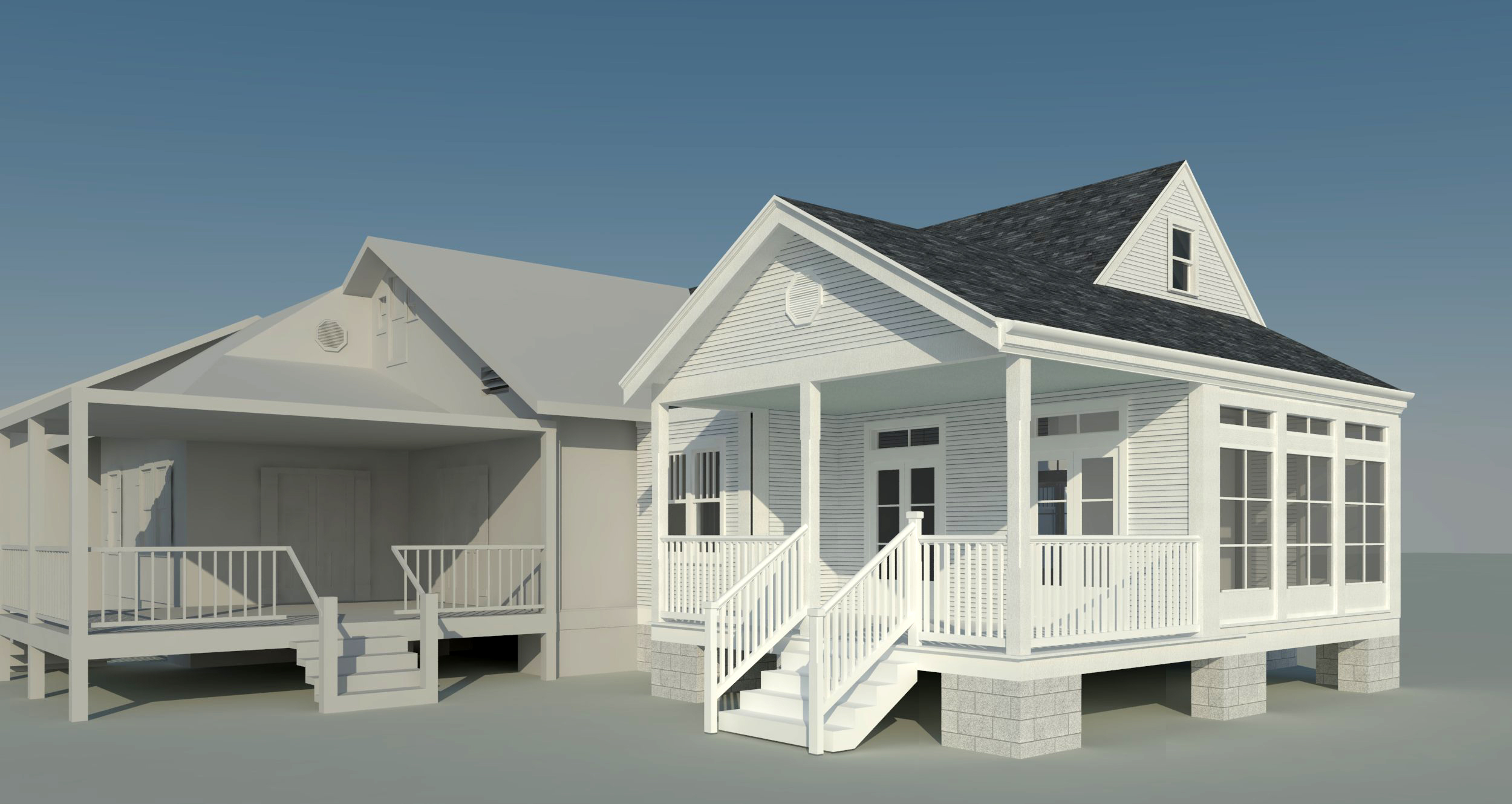
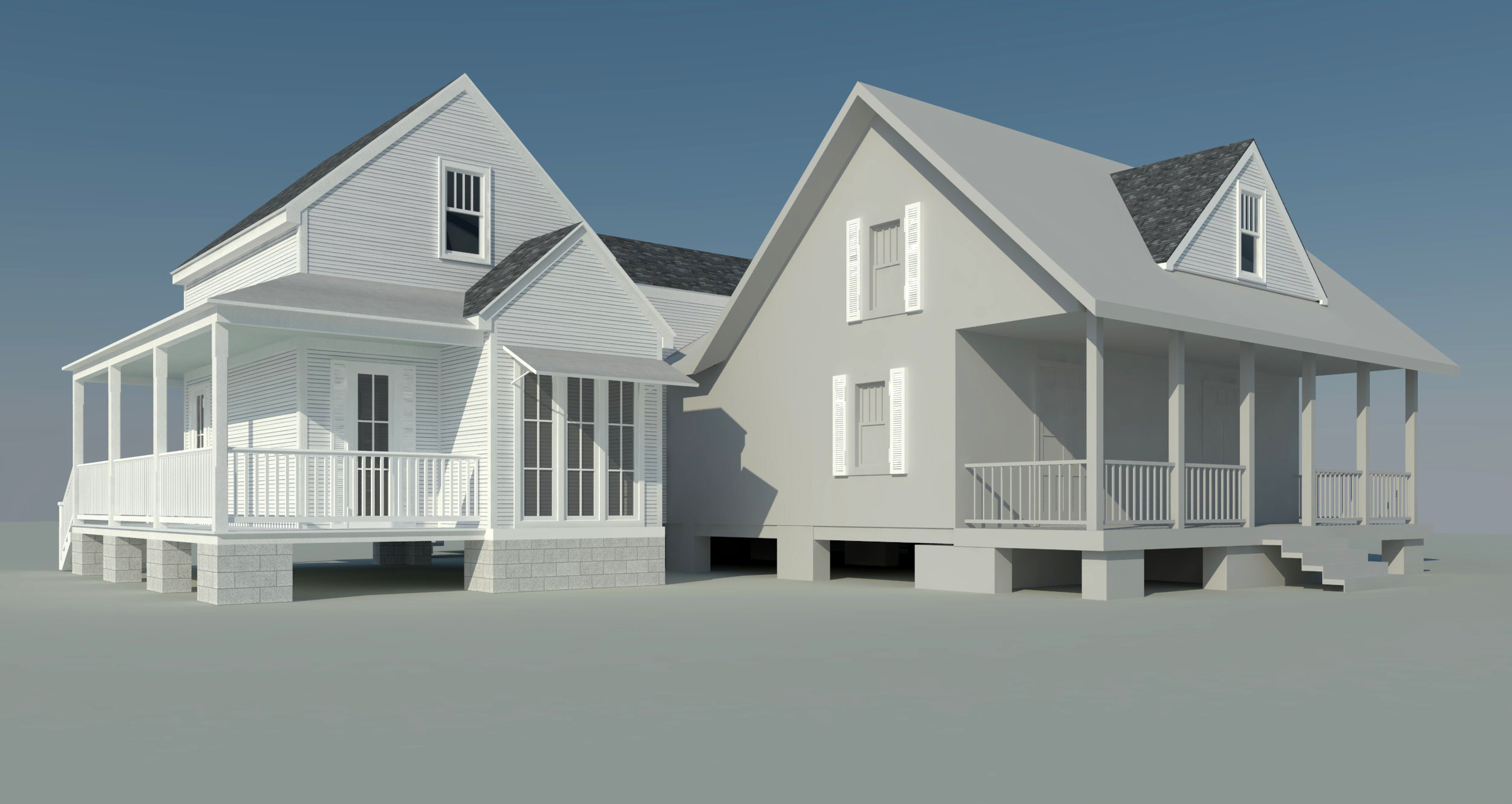
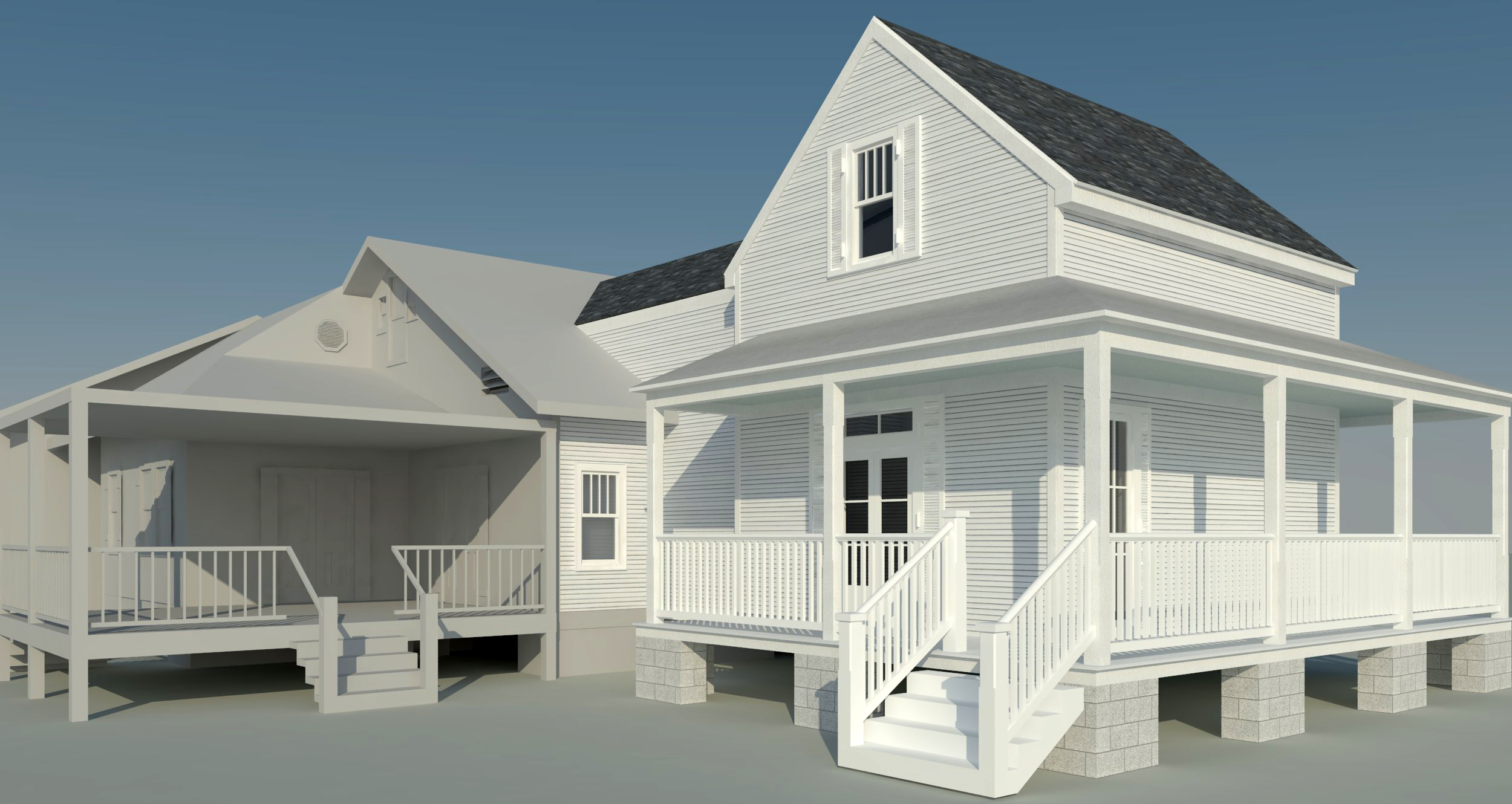
Step 3: During the Design Development phase, we lock in the plan that translate to the massing model. There are a ton of decisions that get made by the architect during design, for example with this house in particular, we were challenged by a low pitch of the existing roof line that we needed to tie into to increase the living space in the built-out attic. We check in with our clients to help us make decisions because at the end of the day, they need to be 100% happy with the design of the home.
The next phase of our services requires a little less attention from our clients. Once the design is more or less locked in, we can start detailing the home with all the little things that reinforce the design we end up with, and making sure the final product falls in line with any beautiful drawings we've produced!
Final Design Development Rendering of Addition


